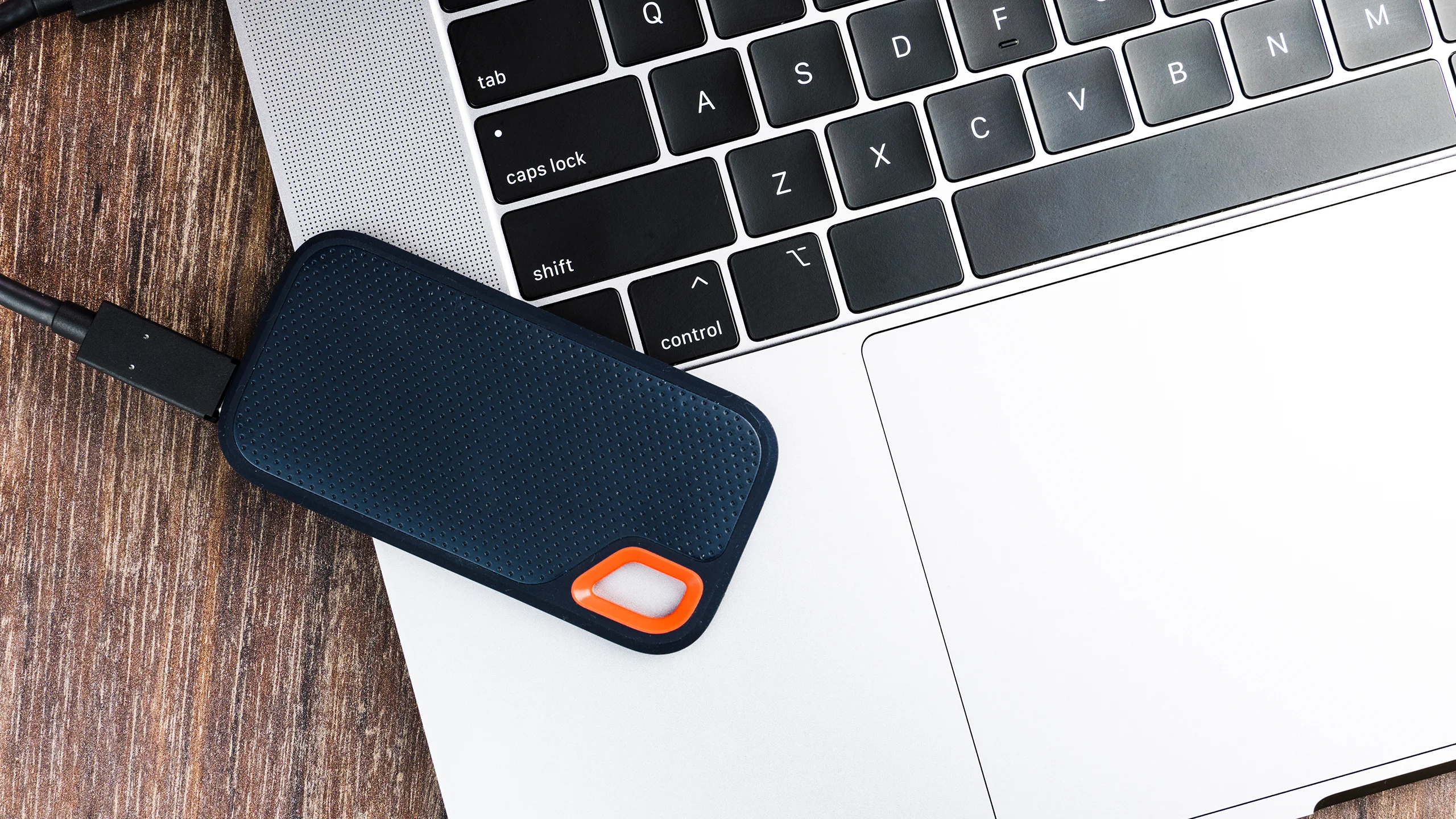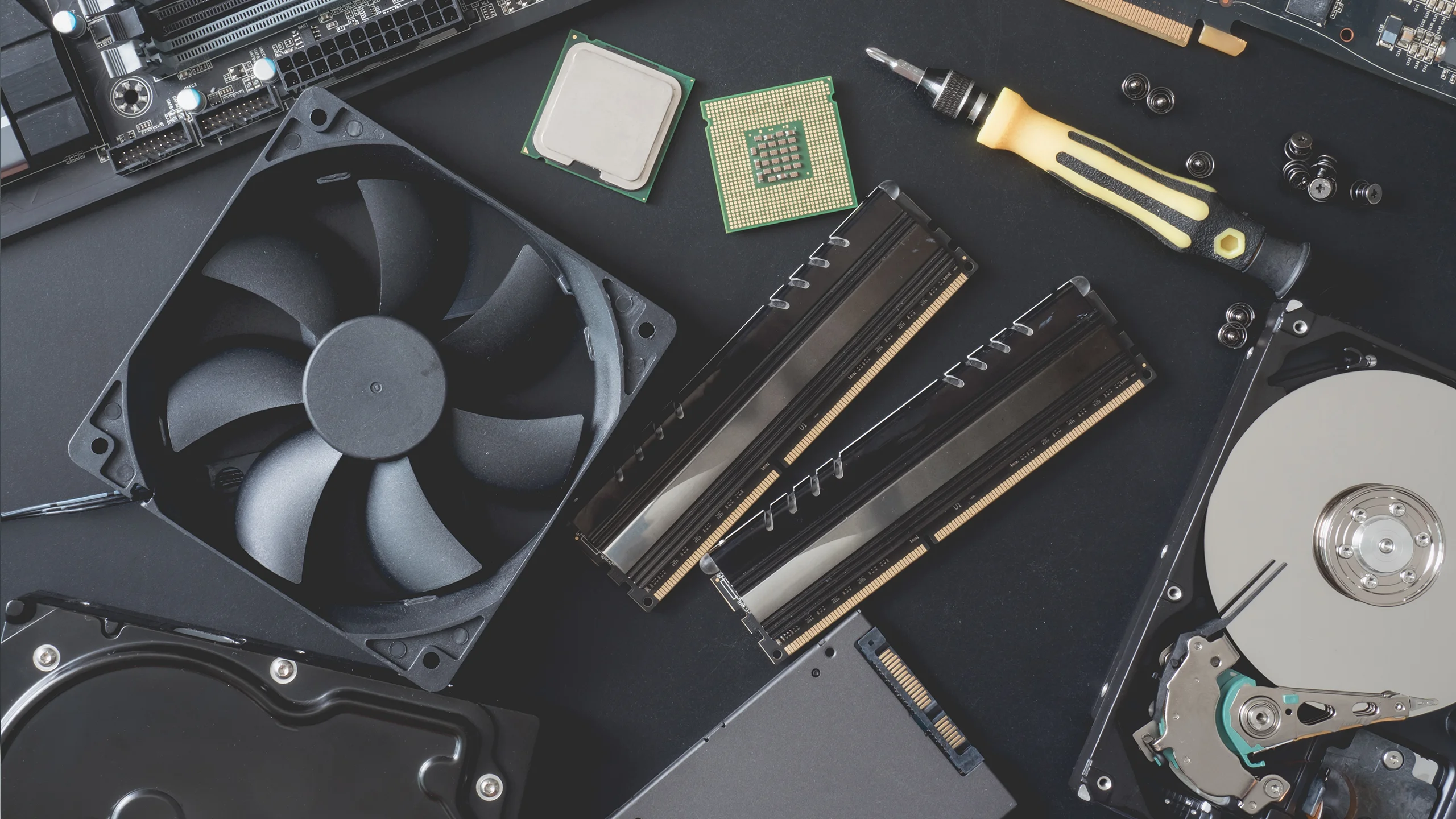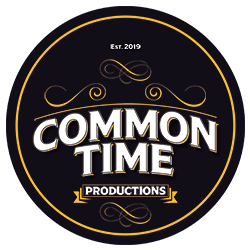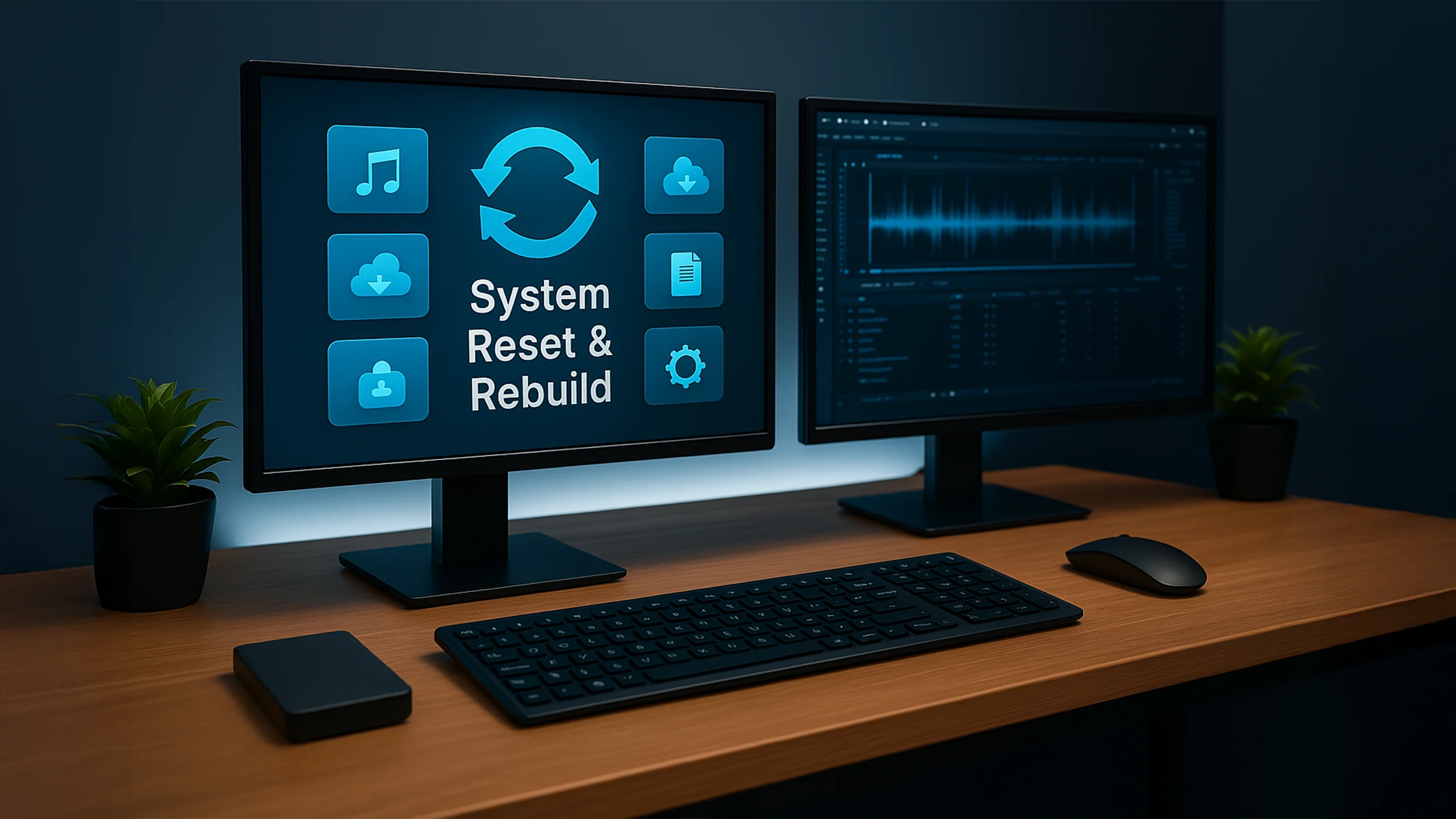Ultimate guide to resetting & rebuilding your workstation. Whether you’re upgrading, starting fresh, or recovering from tech chaos, this guide helps you reset and restore your system the smart way.
Why a Clean Reset Is Worth It
Resetting your workstation isn’t just a quick fix, it’s a strategic move. Over time, even the most high-end machines get bogged down with digital clutter. Unused apps, system bloat, outdated drivers, and background processes can slow down performance and introduce glitches. A clean system reset clears out that digital dust and lets you rebuild your environment intentionally. For content creators, audio engineers, developers, and digital artists, a stable and streamlined system means more creativity and fewer tech headaches.
Key Benefits:
- 🚀 Performance Boost: Enjoy faster startups and smoother workflows.
- 🔄 Stability & Compatibility: Clean installs help apps and plugins work more reliably.
- 🎯 Streamlined Workflow: Resetting allows you to rethink and optimize your setup.
Back-Up Before You Blow It All Away

Before wiping anything, make sure you’ve got all your essentials backed up. Even seasoned pros forget things like license keys or browser settings. Create a comprehensive backup list that covers your digital life.
What to Back Up:
- Client projects, photos, documents, and personal data
- Plugin presets, session templates, software keys
- Cloud preferences, saved passwords, bookmarks
Backup Tools: - Mac: Time Machine, iCloud, Carbon Copy Cloner
- PC: File History, AOMEI Backupper, external SSDs
📁 Pro Tip: Store backups in at least two locations (e.g., cloud + external drive) to avoid disaster.
Create a Software & Plugin Inventory

Know your toolkit. Before you reset, document everything you use. Yes, even the obscure utilities or drivers for your MIDI controllers.
How to Build an Inventory:
- Browse your Applications or Program File folders
- Use tools like Belarc Advisor (PC) or MacUpdater (Mac)
- Organize into categories:
- 🎛️ Creative tools (DAWs, graphics, 3D)
- 📈 Productivity apps (browsers, office, email)
- ⚙️ Utilities (audio interfaces, control panels)
📄 Save this inventory in a cloud doc for easy access when reinstalling.
Reset or Reinstall Your Operating System
Now it’s time to wipe the slate clean. Whether you’re using macOS or Windows, follow the correct steps for a full reset.
Windows:
- Navigate to Settings → System → Recovery → Reset PC
- Or use a bootable USB created with Microsoft’s Media Creation Tool
MacOS:
- Restart into Recovery Mode (Cmd + R)
- Use Disk Utility to erase your drive and reinstall macOS
🧠 Reminder: Label drives clearly and triple-check before erasing, especially if you have multiple storage devices.
Rebuild Your System Intelligently

Once your OS is cleanly installed, start fresh by rebuilding in a smart, structured order.
Install Order Recommendations:
- OS & system updates
- Critical drivers (audio, GPU, MIDI)
- Cloud sync tools (Dropbox, OneDrive – disable auto-sync initially)
- Core software (DAWs, Adobe, Unreal/Unity)
- Day-to-day tools (email, office suite, browsers)
🎛️ It’s okay if apps like Zoom or Discord default to your system drive. Just keep larger software installations on dedicated drives when possible.
Organize Your Drives Like A Pro

Structure your drives for efficiency, speed, and sanity. A smart layout improves performance and helps you find your files fast.
Recommended Setup:
- 🖥️ Drive 1 (Main OS): Core OS + daily essentials
- 🎨 Drive 2 (Apps & Plugins): DAWs, VSTs, Adobe Suite
- 🎼 Drive 3 (Projects): Work-in-progress sessions, assets
- ☁️ Drive 4 (Backup): Cloud-synced, portable, or archived content
💡 Use symbolic links (symlinks) if an app insists on storing files in one location, which is great for managing space and flexibility.
Protect Your Work with Redundancy

Don’t let your hard work vanish. After rebuilding, lock in redundancy strategies to avoid rebuilding again from scratch.
Best Practices:
- Clone your system image once setup is complete
- Enable System Restore (PC) or Time Machine (Mac)
- Schedule weekly backups (cloud + external)
- Use cloning tools like Macrium Reflect, AOMEI, or SuperDuper!
🛠️ Keep your cloned image and plugin inventory in a labeled folder with a timestamp for easy recovery later.
Common Issues You Can Avoid
| 🚫 Problem | ✅ Solution |
| Drives not showing up | Ensure proper formatting (NTFS, exFAT, APFS) |
| VST plugins missing | Export presets & save config files manually |
| Auto-sync from cloud services | Disable Documents/Desktop syncing until setup is complete |
| Backup image won’t build | Use third-party tools instead of default OS backup utilities |
Pro Tips for Future Rebuilds
Save yourself time down the road with a few savvy tricks.
- 💾 Keep a USB drive with key installers, drivers, and licenses
- 📸 Screenshot your ideal settings in DAWs or Unreal
- 🗂️ Install launchers (e.g., Steam, Epic Games) on OS drive but apps on a secondary drive
- 📋 Document your install process as a personal “reset blueprint” for the future
Conclusion
Resetting your workstation might seem overwhelming, but it can be a refreshing reboot that boosts performance, organization, and peace of mind. Whether you’re a musician, designer, or content creator, this guide gives you the blueprint to tackle the reset process confidently. A little prep today saves you hours of frustration tomorrow and helps keep your creative flow uninterrupted.
If you would like to learn more about how custom songs can enhance your digital marketing, click the link below to be taken to that article.
https://commontimeproductions.com/how-custom-songs-impact-digital-marketing/
About The Author

Mary Nance
Mary is a multi-talented small business entrepreneur and creative artist, specializing in teaching, content creation, and custom songwriting. With a passion for empowering aspiring content creators, she offers lessons in Unreal Engine, music, and other content creation tools through her social media communities of CommonTime Productions.



Leave A Comment